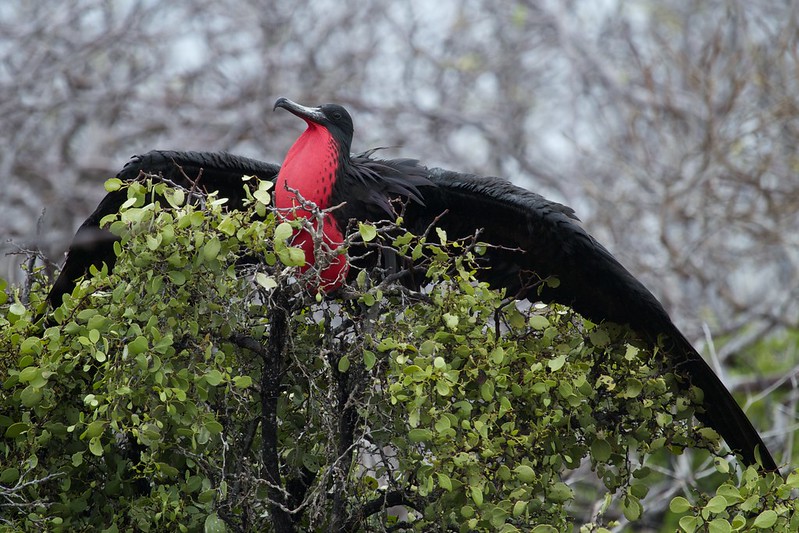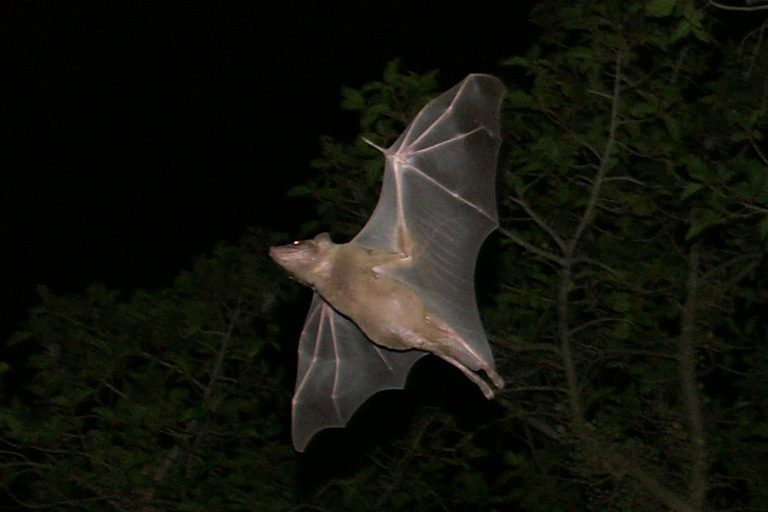Do you remember Darwin's finches
Charles Darwin visited Galapagos Islands in the 1800s. He observed that the birds that inhabited the islands evolved different beak shapes to suit the food they were eating.
Climate Change's parrots? New research published in the journal Trends In Ecology and Evolution this week shows that over 30 species of animals -- from birds and bats to mice and rabbits - have begun "shape shifting" -- growing larger appendages and improving the ability to regulate body temperature as the planet continues to heat.

Researchers were able track the physical changes in several dozen species using existing research, fieldwork, laboratory experiments, as well as a rich collection of preserved animal specimens dating back decades. The surprising trend was that animals are becoming larger in body parts. Even though body size has been shrinking or remaining the same, beaks, legs and ears are getting longer. Researchers believe that animals are trying to cool themselves. The animals can dissipate heat better if they have more surface area -- an idea that is rooted in Allen's Rule (an ecogeographical principle dating back to the late 1800s).
Researchers found the largest change in Australian parrot species. Their beaks increased by up to 10% since 1871. Researchers have documented a similar trend in many bird species, so this shouldn't surprise. An thorough study of North American migratory birds revealed that many species experienced shrinking bodies and increased wingspans over a period of four decades.

It wasn't just the parrots that were affected by this. Researchers were able to record a more that 1% increase in Chinese roundleaf bats' wings using 65 years worth of historical data. Researchers also discovered that European rabbits have grown larger ears and that a variety mice species have longer tails than in the past.
This means that animals are changing just as fast as the planet. It is not clear if these changes will last or if they will allow these animals to survive the planet's increasing temperature. It is a sign that animals are changing, but not necessarily that they are adapting to climate change. While we can see some species increasing in their appendage sizes so far, it is not clear if they will continue to grow as the climate crisis worsens," Sara Ryding from Deakin University in Australia told CNN .
The best chance of surviving the effects of climate change is for species of animals and plants that are able to adapt quickly. These changes are not a good thing in the overall scheme of things. They are, in fact, a warning sign. Animals are constantly changing their bodies to survive. If we don't act quickly, imagine what we'll have.